Drivers in Angus are to start receiving fines if they are caught parking on pavements.
The local authority is to start enforcing new rules where vehicles are found to be blocking walkways.
It comes after legislation was introduced across Scotland at the end of 2023.
We answer some key questions surrounding the Angus pavement parking ban.
1. When will Angus Council start enforcing the pavement parking ban?
The ban comes into force in Angus on Monday (May 27).
Parking attendants have been handing out advisory notices since May 13 for owners of vehicles parked on kerbs, but anyone caught from Monday will be handed a fine.
2. Who will receive fines for pavement parking in Angus?
Fines will be issued to anyone found with one or more wheels of their vehicle touching the pavement.
Parking on grass verges – either between the pavement and the road, or to the rear of the pavement – is also prohibited under the legislation.
The council says the rules will also apply to those who double park or block dropped kerbs.
The rules also apply to blue badge holders and taxis.
Exceptions include emergency service and medical practitioners’ vehicles and vehicles being used for work on roads or removal of obstructions.
3. How much are the fines for pavement parking in Angus?
Anyone found breaking the rules will receive a penalty charge notice from a council parking enforcement officer or traffic warden.
The penalty is set at £100, although this is reduced to £50 if the fine is paid within 14 days.
The penalty charge rises to £150 if it is not paid within 28 days.
4. Are any Angus streets exempt from the pavement parking ban?
Angus Council has identified several streets as being suitable for an exemption.
The full list is as follows:
Carnoustie
- Balfour Place, parts of east and south sides
- Collier Street, parts of south side
- Maule Street, parts of south side
- Millar Street, parts of south side
- Terrace Road, parts of north and south side
Arbroath
- A92 Marywell, part of east side
Kirriemuir
- Henry Street, parts of south-east side, where it will be necessary to reverse the one-way traffic arrangements to ensure free traffic flow and maintain traffic safety
- Kirk Wynd, parts of south-east side
Monifieth
- Milton Park, part of south-west side
Signage will be in place where there are formal exemptions.
The rules apply to all other roads, both public and private, regardless of their design, length and purpose.
5. Why was this law created?
In 2019 the Scottish Parliament passed the Transport (Scotland) Act.
This law introduced three new parking prohibitions – parking on pavements, at known crossings and in front of dropped kerbs. It also dealt with double parking.
Further legislation was needed to give councils the authority to enforce the ban and was introduced in December.
6. Are pavement parking bans in place elsewhere?
A pavement parking ban is already in place in Dundee, where the rules have been enforced since late February.
Other councils are still considering when to introduce their bans.
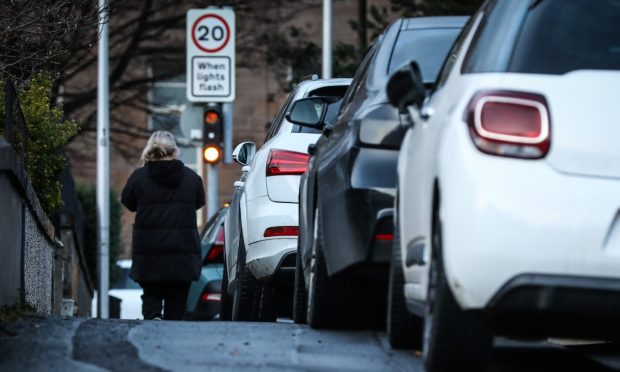

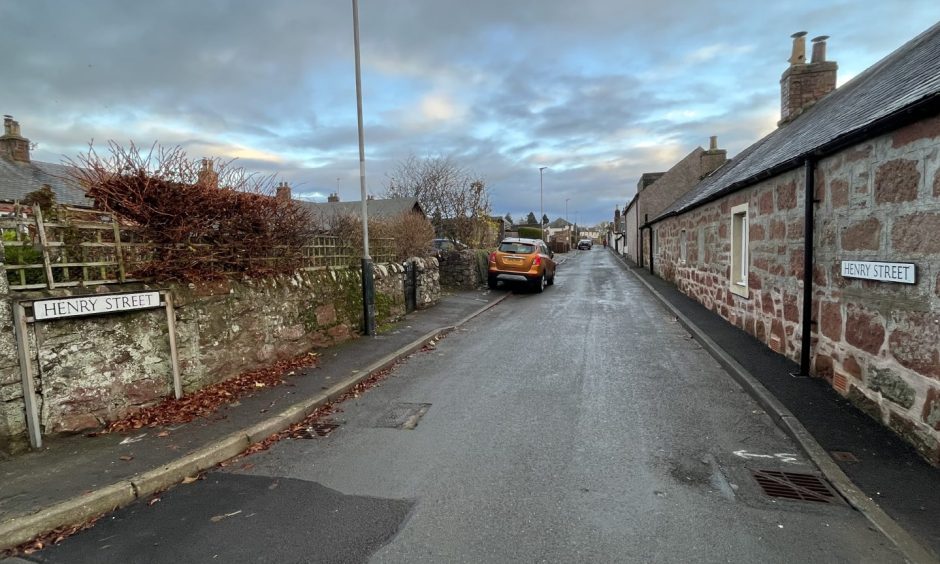






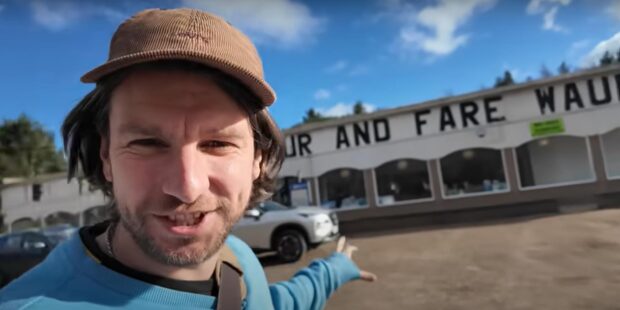

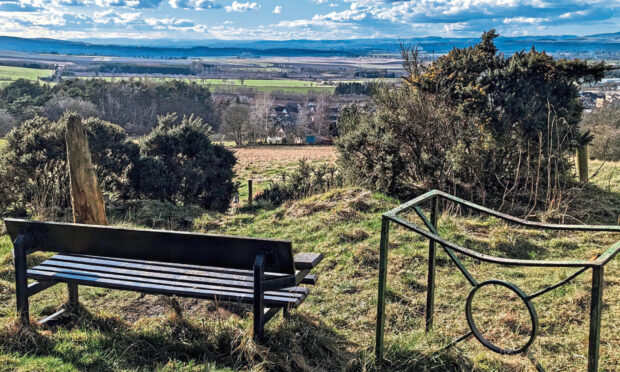
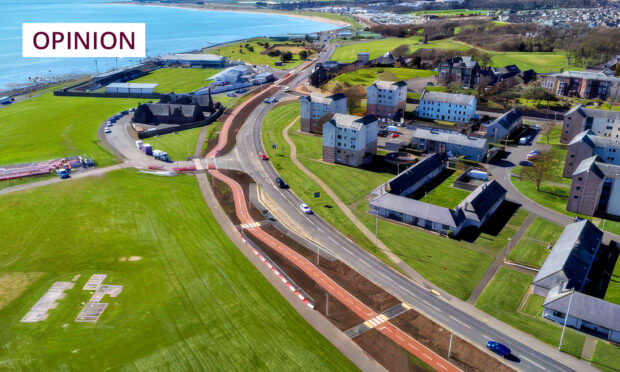
Conversation